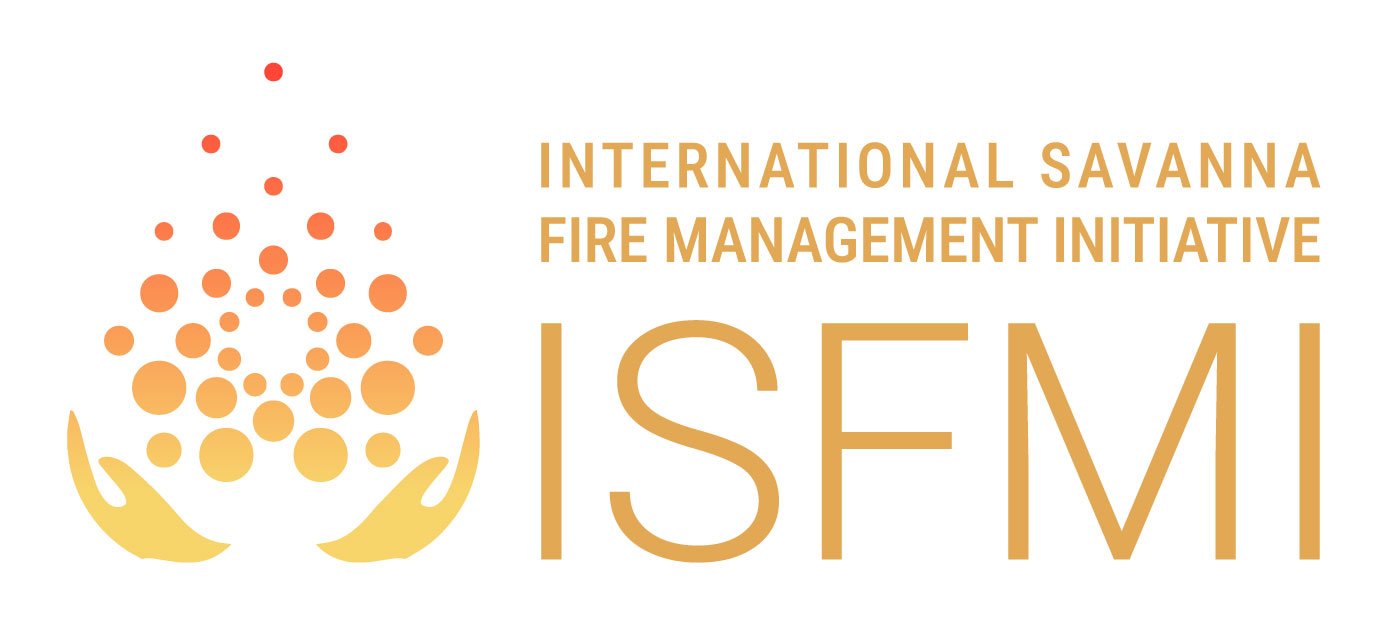Indigenous-led Fire Management Provides Big Dividends
The success of Indigenous fire management provides a strong case for it to be better supported in southern states, the North Australia Savanna Fire Forum has heard.
Indigenous Land and Sea Corporation CEO and keynote speaker Joe Morrison told the forum on the 15th February 2022 that Aboriginal people are making a significant contribution to the reduction of greenhouse gas emissions in Australia.
“Indigenous projects account for 75 per cent of the emissions abatement from the savanna sector at 1.2 million tonnes,” Mr Morrison said.
“That’s roughly 8 per cent of Australian carbon abatement - and it’s growing.
“It’s an incredible contribution given indigenous people comprise 3.3 per cent of the Australian population.
“The benefits of right way fire are now widely accepted by the community and that comes from the northern projects, supporting the case for indigenous management and fire management in southern states.”
The North Australia Savanna Fire Forum united Indigenous ranger groups from the Kimberley, Top End and Cape York, alongside scientists and policymakers to discuss the results of last year’s fire management season and predictions for the year ahead.
There was a sense of optimism among the groups indicating general success in 2021, from the completion of plans for early season burning, to boosting scientific assessment of their work, alongside the local benefits of income and jobs, increasing cultural work and the protection of important sites.
The challenges highlighted by fire managers, as suppression of late season fires caused by lightning and arson continue to stress limited resources in the hotter months of the year.
“Firefighting and fire management we've been doing good and you know we notice that it's getting hot and we try to make a better for this,” Warddeken Land Management senior ranger Terrah Guymala said.
“You know with lightening it's nature we can't control them but the way that we can stop is to make a good fire break every corner so we can have little fire rather than big fire fighting for weeks and weeks.”
Arson was a major issue raised by groups from the Cape York area, where they’ve been forced to tackle multiple unplanned wildfires on their country, despite their work to reduce these events through early dry season burning.
“Overall, what they ignitions equate to over this period is a total of 260,000 hectares, or close to 600,000 acres being impacted by roadside ignition fires - this is arson fires,” Piccaninny Plains’ Sally Gray said.
“We've got to stop the talk that fires always burn the Cape and no one works to fight these fires - this is simply wrong.
“There is a huge cost associated with these unplanned arson fires, environmental, economic, social and psychological.”
The coronavirus pandemic has also had an impact and prevented many groups from conducting the type of face to face consultation preferred in pre-fire season planning with traditional owners. Despite this, fire management efforts by many groups were still successful as they were able to adjust practices to include social distancing.
The forum included a report from the Bureau of Meteorology and the North Australia Fire Information (NAFI), which provides vital satellite images of fire.
NAFI’s Rohan Fisher told the forum despite increasingly difficult fire weather events due to climate change, overall northern Australia has been seeing overall less fire and less severe fire due to the work of fire managers.
The success of fire management and how environmental benefit offers economic opportunities in a carbon market will be further explored today during the inaugural National Indigenous Carbon Forum.
“The savanna fire sector has enabled hundreds of Aboriginal people to gain work relevant to their lives and to their customs and beliefs,” Mr Morrison said.
“It reconnects them with their land, while creating an income around caring for country,” Mr Morrison said.
“Of course, there’s a need to be flexible and nimble as many things will change, the climate will continue to change, the market will change, indigenous societies in fact will continue to change and land use will also change.”
For more information visit: www.savannafireforum.net
